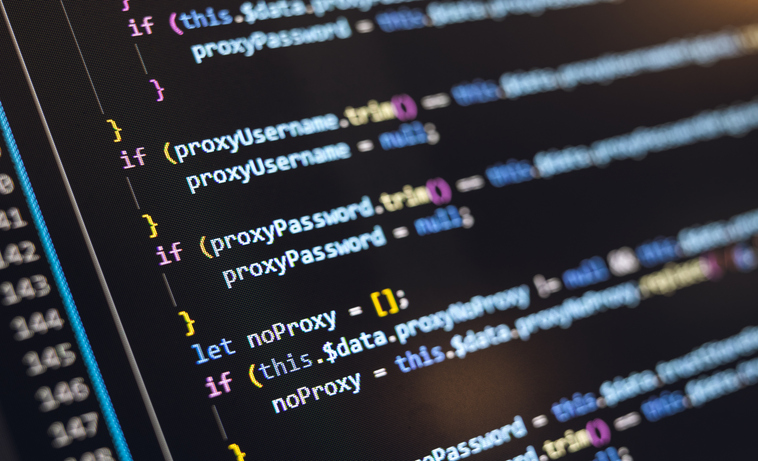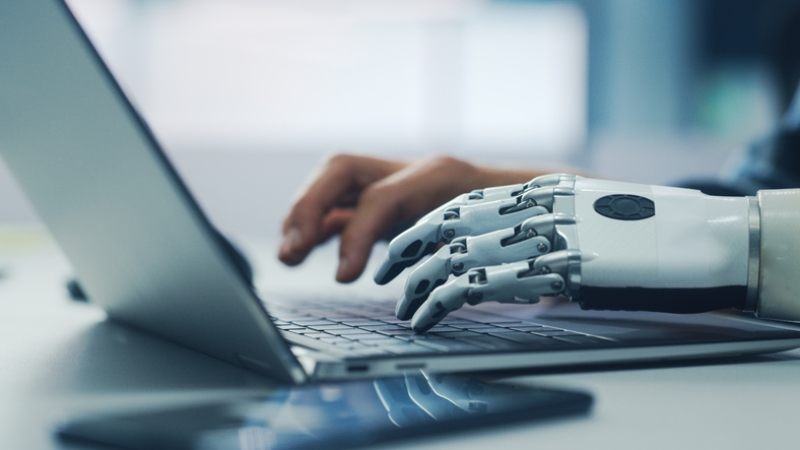September 21, 2021
How is artificial intelligence used in automation?
Automation has been making manual processes quicker and easier for decades, and the next move for many businesses is to incorporate artificial intelligence (AI). The use of AI alongside automation can open up endless possibilities for business transformation, by combining the rapid task execution of automation with machine learning and data analysis of AI and enabling your systems to not only do for themselves, but to think for themselves as well.
What is the difference between artificial intelligence and automation?
These two areas go hand in hand but are distinctly different. Automation is making hardware or software that can complete a process automatically and without human control or intervention. So, it may be machines putting together pieces of a car rather than teams having to do it by hand, the ability to switch your heating on or off using an app, or an accounts system that can match invoice totals with payments received to make your accounting quicker.
Artificial Intelligence looks to develop machines or computers that think and act like humans, mimicking our behaviour and thought processing. As stated in the Britannica Group, it is a term ‘frequently applied to the project of developing systems endowed with the intellectual processes characteristic of humans, such as the ability to reason, discover meaning, generalise, or learn from past experience.’
AI can be applied using models that are fed into the computer to give the best probability of certainty for your given outcome, and the more data you feed in the more it improves. It’s a fast-growing industry, and in 2020 a record $15bn of venture capital was invested into UK tech companies, according to a report from Tech Nation.
How can artificial intelligence be used for business processes?
There are different types of AI, from machine learning right through to the development of robots that act and behave like humans, and this means that AI has potential applications for every industry. The beauty of it is that it can be designed in any way you choose to deliver time savings, greater accuracy in processes, and business improvements.
Algorithms can already look at data such as buying patterns and make suggestions to businesses or customers based on their data, but with AI these suggestions can become more intelligent and consider external factors to predict changes in the market, such as seasonal fluctuations.

The NHS sees around 1 million patients every 36 hours, which means it has a wealth of health data available and is an ideal setting for AI development. In Cambridge, the Microsoft InnerEye system is being used to process anonymised scans of patients with prostate cancer, to identify and report upon tumours, which speeds up diagnoses and treatment.
Applying AI to automation can provide more stable ways to process data based on previous models and deliver better quality output. If your invoice processing is already automated, for example, you can develop AI to recognise patterns in invoices and payments and process them automatically. The system can learn to make decisions based on previous activity and account for differences such as invoice layouts or customer information, and also has the potential to make suggestions you might not have thought of based on previous activities or rules.
Are there any risks to using AI?
As with any technology, it can only be as good as the information used to build it, so if you are provided with poor input data it will not deliver the desired results. During the development of a new system, you will need a threshold of certainty to say ‘this is what we can trust’, and you will likely need some level of human intervention to check the data quality and to check the system performance.
As developers, we believe we also have a responsibility to use technology safely. The data we are given and the abilities we have put us in a trusted position, and as well as using technology for the intended purpose, we must also take all measures to ensure customer data is protected and used securely.
There is an argument that sometimes a human may get an instinct or gut feeling about a decision, and that feeling can be right, whereas a machine can’t recognise those anomalies or follow an instinct. In this case, you can use automation in initial decision-making and then review the process while you build confidence in the decision-making process and analyse if the right data is going on or what needs to be adjusted.
As AI applications become more widespread, the industry will need to upskill and get faster as development and delivery. The capability is already there, and AI technologies are becoming more readily available. With so many possibilities AI is impossible to ignore!

